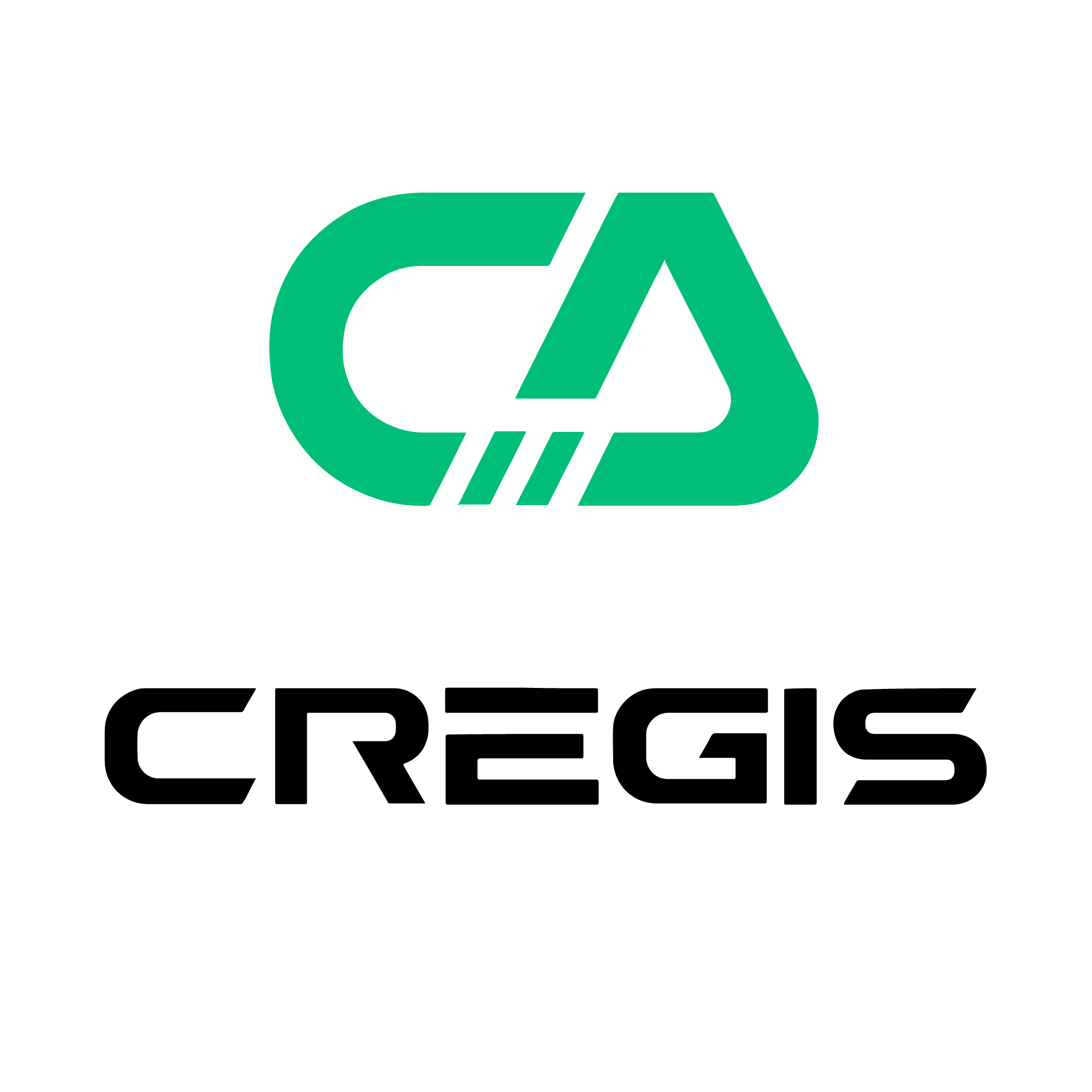Introduction: Why Blockchain Still Matters for Businesses
Since its debut alongside Bitcoin in 2009, blockchain technology has gone from being a fringe innovation to a serious contender for reshaping enterprise infrastructure. While early use cases were centered on cryptocurrencies, blockchain’s core attributes—decentralization, immutability, and transparency—have since drawn the attention of global enterprises.
Initial perceptions of blockchain were mixed. It was often seen as risky, experimental, and largely incompatible with traditional business environments. However, that narrative has evolved. Over the past five years, developments in programmable blockchains like Ethereum, the rise of enterprise-grade platforms, and adoption by companies such as IBM, Walmart, and Visa have reignited blockchain’s relevance in the enterprise space.
But is the hype finally giving way to real-world value?
Early Expectations vs. Reality: Why Enterprise Blockchain Struggled at First
In its early days, enterprise blockchain was surrounded by massive hype. Analysts and executives imagined a future where supply chains, finance systems, and digital identity could be revolutionized overnight. But expectations quickly outpaced reality.
Initial enterprise pilots faced steep technical and strategic challenges—slow consensus mechanisms, interoperability issues, and a lack of clear ROI often brought projects to a halt. Many business leaders were intrigued, but few could justify full-scale deployment. As a result, blockchain was often sidelined as a “nice-to-have” rather than a mission-critical tool.
That’s changing. Today, production-grade blockchain deployments are emerging across industries, not just in experiments, but in live operational environments.
Current State of Enterprise Blockchain Adoption
While adoption remains cautious, blockchain is now powering real-world applications:
“We’re still in the early stages,” said Martha Bennett, VP and principal analyst at Forrester. “But I have examples of real processes running in live systems with no fallback option.”
One such case is interbank reconciliation in Italy, where blockchain is used as the core infrastructure. Other use cases gaining traction include supply chain traceability, trade finance, and digital identity verification.
However, blockchain implementation is not plug-and-play. For business leaders used to ERP or cloud-native systems, the shift requires learning unfamiliar concepts—consensus algorithms, distributed ledgers, hashing, and more. These aren’t just technical jargon—they determine whether blockchain is the right fit and how to use it cost-effectively.
Without a clear understanding, many risk misapplying blockchain where simpler databases or APIs could suffice.
Looking Ahead: What’s Next for Enterprise Blockchain in 2025 and Beyond
To avoid costly missteps, enterprises need a realistic, strategic view of blockchain—what it can do, where it adds value, and how its architecture aligns with business goals.
Looking toward 2025 and beyond, four trends are set to define the next phase of enterprise blockchain adoption:
- Improved Interoperability Seamless communication between different blockchains will reduce fragmentation and support cross-network collaboration.
- Enhanced Privacy Solutions With zero-knowledge proofs and privacy-preserving computation, enterprises can use blockchain without exposing sensitive data.
- Asset Tokenization From real estate to equities, tokenization of real-world assets will reshape capital markets and improve liquidity.
- Blockchain + AI Integration Combining AI-driven analytics with blockchain data integrity could unlock powerful use cases in compliance, automation, and fraud detection.
- These innovations aim to resolve blockchain’s early limitations and help it reach enterprise-grade maturity.
Conclusion: Making Informed Decisions About Blockchain Adoption
Enterprise blockchain is no longer just hype—it’s entering a phase of cautious, strategic deployment. But success depends on understanding where blockchain fits, which use cases warrant its complexity, and how to structure implementation to ensure long-term value.
Whether you're exploring cross-border payments, digital identity, or supply chain traceability, a measured approach grounded in both technical understanding and business need is essential.
Blockchain isn’t a silver bullet—but with the right strategy, it can become a core pillar of modern enterprise infrastructure.
About Cregis
Founded in 2017, Cregis is a global leader in enterprise-grade digital asset infrastructure, providing secure, scalable and efficient management solutions for institutional clients.
Built to solve the challenges of fragmented blockchain systems and asset security risks, Cregis delivers MPC-based self-custody wallets, WaaS solutions, and Payment Engine, featuring collaborative asset control and a compliance-ready ecosystem.
To date, Cregis has served over 3,500 institutional clients globally. Our solutions empower exchanges, fintech platforms, and Web3 enterprises to adopt blockchain technology with confidence. Backed by years of proven expertise in blockchain and security, Cregis helps businesses accelerate their Web3 transformation and unlock global digital asset opportunities.

